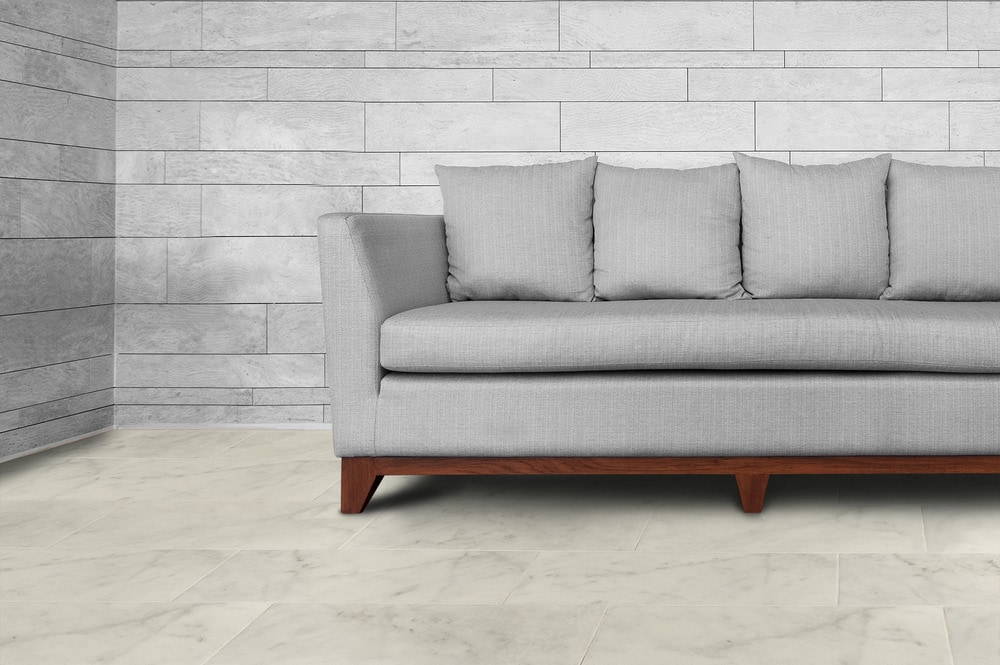Avoiding Failures in Healthcare Environments

Healthcare environments, whether they’re emergency units, clinics or doctor’s offices are unique spaces. Juggling the needs of patients, medical providers and other staff members when it comes to design can be particularly challenging.
One big part of creating an optimal healthcare space is installing the right type of flooring. Use this guide to learn more about the special needs and challenges you’ll need to keep in mind when installing flooring in a healthcare environment.
Choosing Flooring for Healthcare Environments
In hospitals, clinics and doctor’s offices, three main criteria are of the utmost importance: safety, durability and cleanliness. These factors help make healthcare environments ideal places for staff and patients to do their work and get treatment.
Here’s a few more factors to consider when choosing flooring for a healthcare space:
- Mobility matters. From moving heavy medical equipment to patients in wheelchairs, floors must ensure safe movement. This also applies to staff members who spend many hours on their feet and patients who may have difficulty moving around on slick floors.
- Flooring materials need to be low maintenance. In healthcare environments, seamless floors help ensure dirt-free flooring.
- Matte finishes are preferred. Glossy floors may look cleaner, but the right balance must be found when picking materials like vinyl for floors. Gloss floors can also look slippery, which can pose a challenge to some patients. Eye fatigue for staff members also increases with gloss flooring.
The Challenges of Installing Flooring for Healthcare Environments
With a unique list of requirements, healthcare spaces can pose special challenges to flooring installers. Vinyl floor materials have long been a mainstay in hospitals and clinics. However, with many vinyl floor tiles on the market, finding the ideal choice can still be tricky.
Here are a few of the top challenges to keep in mind when looking for the right vinyl flooring tiles for your project:
- The flooring you choose needs to last for many years. Some spaces like hospitals may not change flooring for 20 to 30 years unless damage occurs. Downtime can also cost healthcare facilities huge amounts of money while displacing patients.
- Non-slip materials should be used in patient areas. Other materials like easy-care discount vinyl flooring can be used to keep costs down in staff spaces.
- Flooring needs to create clear demarcation lines. This is often achieved with additive placards or inserts, but creating colorways for different areas and pathways can help improve form and function.
- Healthcare environments often have specific budgets you’ll need to work with. This may require using multiple product types throughout a larger installation.
What Goes Into Installing Floors for Hospitals and Clinics?

- Function. All flooring must serve the function of the healthcare space with the patient’s best interest in mind. That means clear flooring layouts and designs where dirt and water can’t penetrate the surface.
- Safety. Low-glare, non-slip floors are essential in patient areas. More cost-effective flooring can be used in staff areas and greeting spaces if they’re not designed for patients. High-end materials like tile may also be suitable for entrances, cafes and other spaces.
- Budget. Healthcare renovation budgets are often quite high compared to residential or commercial installations. However, high-resiliency flooring, sealed joints and special finishes may be required.
Timing is also a big issue for many healthcare facilities, particularly hospitals, since downtime can be devastating for patients. That means you may need to buy vinyl floor materials and install them within the same week. You’ll need to know where to buy vinyl flooring so you can get it by your install date.
Some healthcare facilities may even require installation over a single day. That means serious planning and a well-executed installation. You’ll also need ample crew members to get the job done in a short period of time.
Current Trends in Healthcare
Basic flooring needs in healthcare environments don’t change often. There are some trends to be aware of though.
- Noise control is important in high-traffic spaces. Flooring materials that will reflect less sound and reduce overall volume are considered ideal for practically every space.
- Sustainability is becoming more important. Healthcare organizations are looking for ways to use sustainable materials without reducing patient safety and healthcare performance.
- Healthcare providers are prioritizing first impressions. This means more modern breezeways, welcome areas and brighter color schemes that feel more like public museum spaces than healthcare environments.
Upcoming FCICA Webinar on Flooring for Healthcare Environments
Interested in learning more about healthcare costs and how flooring impacts providers of every size? The upcoming FCICA Webinar on flooring for healthcare environments may provide you with a deeper understanding of what doctors, hospitals and patients need.
The 2021 convention date hasn’t been scheduled yet, but you can watch past webinars here.
Healthcare spaces pose unique challenges to flooring installers, but these spaces can provide lucrative contracts. Positioning yourself as an installer that understands the needs of the healthcare industry can also boost your business. Reach out to us when it’s time to find the right materials for your healthcare flooring installation. We can help you buy vinyl flooring online and get the products you need quickly to meet the fast turnaround times often required for healthcare facility remodels.

